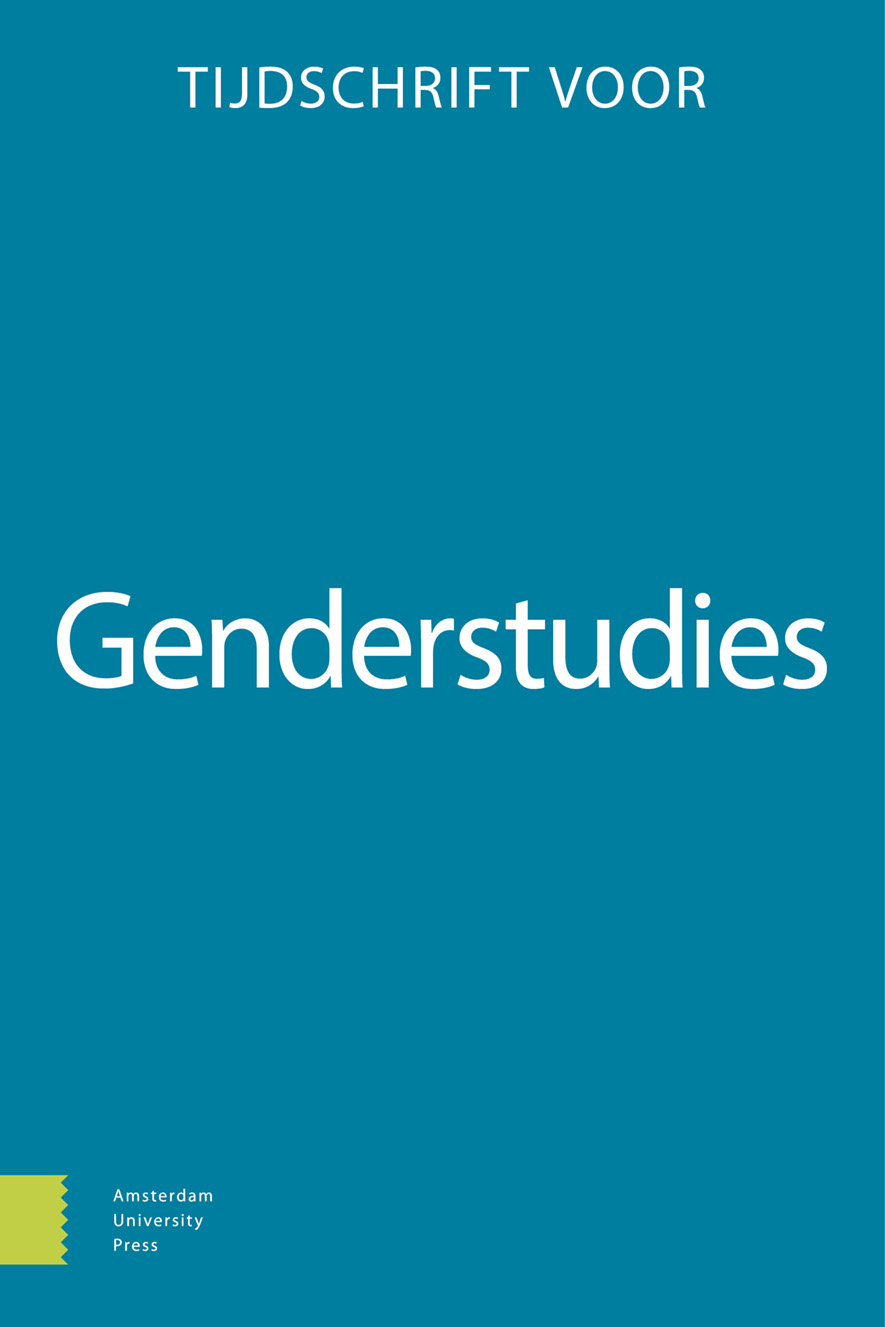-
oa Hermeneutiek van het lichaam
Aangepaste en geredigeerde versie van de inaugurele rede ter acceptatie van de leerstoel Wijsgerige Antropologie en de grondslagen van het humanisme, aan de Universiteit Leiden, op maandag 12 december 2022
- Amsterdam University Press
- Source: Tijdschrift voor Genderstudies, Volume 26, Issue 2, jun. 2023, p. 164 - 183
-
- 01 jun. 2023
Samenvatting
In this inaugural lecture, I argue that philosophical anthropology in the twenty-first century should address questions about gender, race, sexual orientation. The lecture concentrates on gender and argues for a notion of gender (in Dutch ‘geslacht’) as a complex interaction between embodiment, personal identity, and the way it is given meaning in the social world around us. The implication is that transgender and cisgender identities are not opposed to each other. I furthermore suggest that hermeneutics offers the philosophical tools to consider these complex interactions. Firstly, because in hermeneutics humans are considered as embedded in history, language, culture. Secondly, because understanding the world entails self-interpretation and self-understanding. Thirdly, because starting points can be found in hermeneutics for thinking about the specific self-interpretation that is at play in the case of cis- and transgender people, namely the narrative one.


